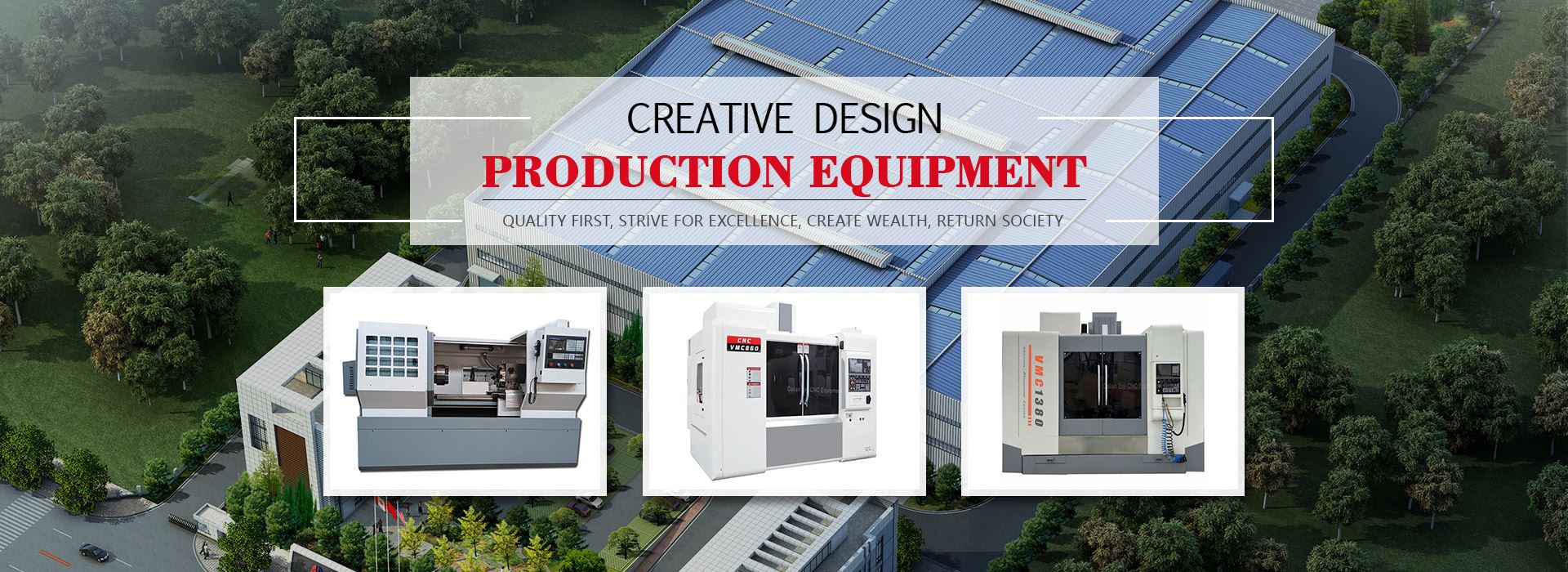CNC Lathe
Why Choose Us
Our Service
Fully understand customer needs, stand in the customer's position to truly recommend customers, customers demand products, as far as possible to reduce cost input for customers, so that customers maximize benefits.
Our Certificate
ISO9001, advanced work units, various patents.
Leading Technology
The company has a professional R & D team, dedicated to the technological innovation and upgrading of machine tools, to ensure that the products always maintain the leading position in the industry.
Reliable Quality
The company strictly abides by the product quality concept of "manufacturing excellent products and abiding by the quality assurance" to ensure that every machine tool that leaves the factory meets the high standard of quality requirements.
What is CNC Lathe
CNC lathe is a computer-numeric controlled machine tool specialized in CNC turning machining, including taper turning, hard turning, spherical generation, facing, cutting off, knurling, drilling, grooving, etc. Compared to a conventional lathe, CNC lathes are operated with precise design instructions and programs to improve the productivity and precision of CNC machining demands.



















